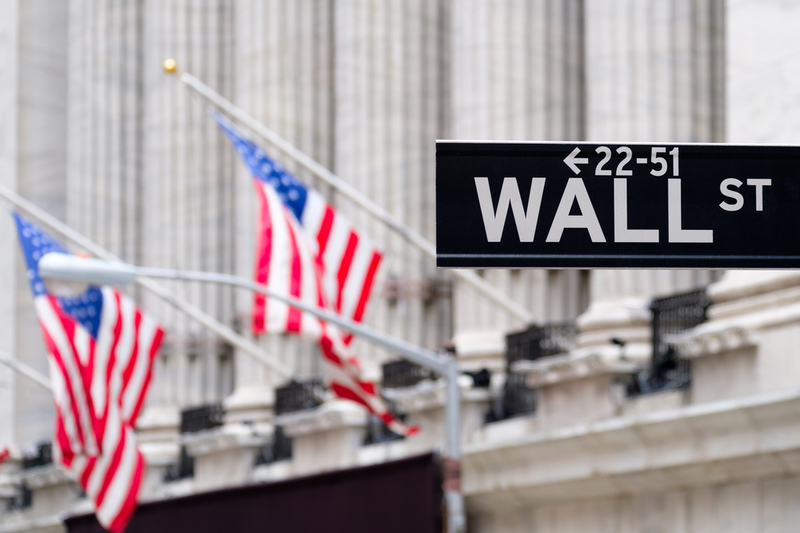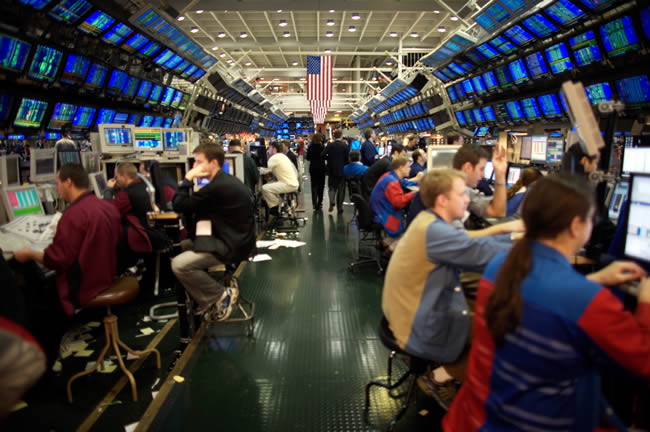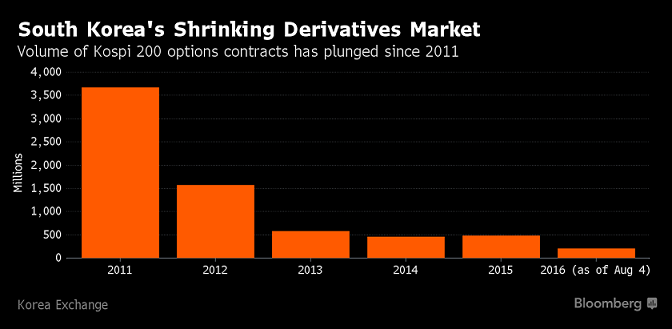The New York Stock Exchange has finally agreed to buy and keep open the floundering National Stock Exchange (NSX). The deal will give NYSE its fourth U.S. exchange license and a platform to experiment with a new speed or pricing model.
NSX, the first American stock exchange to become completely electronically automated, has a rather checkered history. The exchange was founded in 1885 and turned electronic in 1975. But things took a turn for the worse when the Chicago Boards Options Exchange (CBOE), the world’s largest derivatives exchange, bought the company in 2011, only for trading to cease in 2014.
A group of investors gave NSX a new lease on life and revived it a year ago. But, it’s newfound life was short-lived, after the exchange only managed to garner a paltry 0.02% market share. The company recently announced plans to fold operations a second time, before NYSE agreed to bail it out.
New trading system to thwart HFT
Mainstream stock exchanges such as NYSE, Arca, and NYSE MKT use the market-maker model, which is the industry standard on pricing. Using this model, exchanges charge market-makers and brokers up to 30 cents for bids of 100 shares and rebates them when they actually place orders. The difference between the two becomes the exchange’s revenue.
Depending on the average share volume, a particular stock can have 4-40 market makers. Upon receiving an order, the market maker immediately sells from its inventory or seeks an offsetting order. Market makers therefore play an important role in enhancing a stock’s liquidity.
Download a PDF version for this post.
NSX might, however, start using a new speed pricing model that is championed by the newly formed IEX. IEX began operations as a fully fledged exchange in June 2016, after SEC approved its trading model that uses a 350-microsecond delay when placing orders and when orders are departing. The speed bump seeks to thwart high-frequency traders from profiting from a market system that allows them to take advantage of price changes before the system formally updates them.
You can learn more about how IEX work here.
HFT will be hard to kill
The idea of using speed bumps gained popularity when Michael Lewis published his best-seller Flash Boys: A Wall Street Revolt in 2014.
In his book, Lewis claims the markets are rigged and lampooned the way the $23-trillion U.S. stock market operates by allowing high-frequency traders to engage in predatory trading strategies. Lewis described the secretive construction of ”Spread Networks,” which are basically communication networks fashioned out of high-speed microwave networks that allow faster transmission of trading data than what is typically achievable using fiber optic networks. For instance, plans are underway to construct a high-speed microwave network from Chicago to Tokyo. The true extent of the use of microwave networks in trading is not clearly understood, due to their somewhat controversial nature. Indeed the South Korea Exchange has already banned the use of microwave networks in derivative trading after blaming them for the sharp drop in trade volume in recent years.
Although HFT has been around for close to two decades now, its future existence could be in jeopardy if the use of speed bumps proliferates. The bad news is that there are indications already that using speed bumps in trading is gaining some traction. Although the IEX currently handles less than 2% of U.S. equities trading in its dark pool, its new status puts it on par with the giant 224-year old NYSE. Brokers will probably start routing more orders its way whenever it offers the best price.
IEX is not the only proponent of speed bumps. The Chicago Stock Exchange has already asked SEC for a 350-microsecond speed bump though, in its case, the speed bump will only apply to resting orders. Liquidity-providing orders will not face the speed bump.
The Nasdaq has also proposed an extended-life attribute that will give priority to retail traders that are visible to the whole market, so long as traders agree not to cancel their orders for at least a one-second minimum.
But, ultimately it will not be a walk in the park trying to eliminate high-frequency trading practices such as front-running. HFT accounts for more than half of the trading volume on U.S. stock exchanges and is widely practiced by many proprietary firms, hedge funds and banks that employ sophisticated trading programs.
Former Nasdaq CEO Robert Greifeld said in 2014 that U.S. regulators are unlikely to enact rules that would harm high-frequency trading. HFT plays a crucial role in increasing market liquidity. HFT makes the markets more efficient overall, leading to a reduction in bid-ask spreads that benefits all investors. The important role that HFT plays in the market was underpinned by the so-called flash-crash, during which the market plunged nearly 700 points within the space of a few minutes after HFT traders quickly exited the market. Although curbing HFT would result in wider spreads that would probably be advantageous to the Nasdaq, the negative prospects of losing market liquidity outweighs such benefits.
Apart from the Korea Stock Exchange that has already banned the use of high-speed microwave networks in derivative trading, other exchanges have been reluctant to go down that road. A study done by a University of Michigan doctoral candidate, Elaine Wah and published in 2016, estimated the trading potential of latency arbitrage might not be as great as previously thought. Wah counted 69 arbitrage opportunities per security, per day for 495 stocks with a median duration of 0.87 seconds. She calculated the potential annual profit from these opportunities at a rather modest $3 billion and that’s before you account for transaction costs and execution risks.
$3 billion is actually miniscule, in the grand scheme of things. Singular S&P 500 stocks have already added more than ten times as much to their market caps after less than three weeks of trading.
Dark pools are worse culprits than HFT
Perhaps investors should not be focusing so much on the threat that speed bumps pose to HFT, but rather on the danger posed by trading activity that takes place away from the main exchanges, aka dark pools of liquidity. Studies have shown that trading in dark pools has been increasingly rapidly, and is now approaching 50% of all trading activity up from 16% five years ago. Currently there are 40 active dark pools compared with just a dozen public stock exchanges. The experts now say dark pool trading could be costing investors far more money than any HFT shenanigans.
When a retail investor or even a big portfolio manager wants to buy or sell shares, the order is matched with another dealer by a dark pool dealer. The broker thus ends up not paying any exchange fee while traders with large orders can easily disguise what they are doing, because dark pools report data only after trades have occurred. Dark pool trading is terrible for the market, because it lowers transparency and could lead to skewed pricing amounting to billions of dollars.
Dark pools have not always been as insidious as they have now become. They were originally created in the 1980s to offer institutions a platform to trade large blocks of stocks of around 1 million shares without affecting the market. But, modern dark pools have deviated so much from the original objective that the average order now stands at just 200 shares.
IEX itself is a dark pool, with an average order size of just 750 shares. Studies have shown that once more than 50% of trading activity on a particular exchange occurs in dark pools, the ability of the market to correctly price stocks is severely eroded. In fact, the price discovery process begins to erode when off-exchange trading crosses the 10%-mark for a particular security.
IEX founder Brad Katsuyama has himself acknowledged the challenge posed by increasing off-exchange trading:
“If the shift becomes too egregious to off-exchange markets, then there are no lit exchanges to price against,” he said, adding “I don’t know if we are necessarily at the imbalance yet.”
That was three years ago. Right now, we are quick,ly approaching the tipping point and the effects are likely to be felt everywhere. It’s more likely that SEC will move to limit dark pool trading before it does something about HFT.
Here at StocksToTrade, we believe that the more you know, the better prepared you can be for whatever happens in the stock markets thus allowing you to profit. So be sure to check back on our blog for more updates on everything stock market related!



